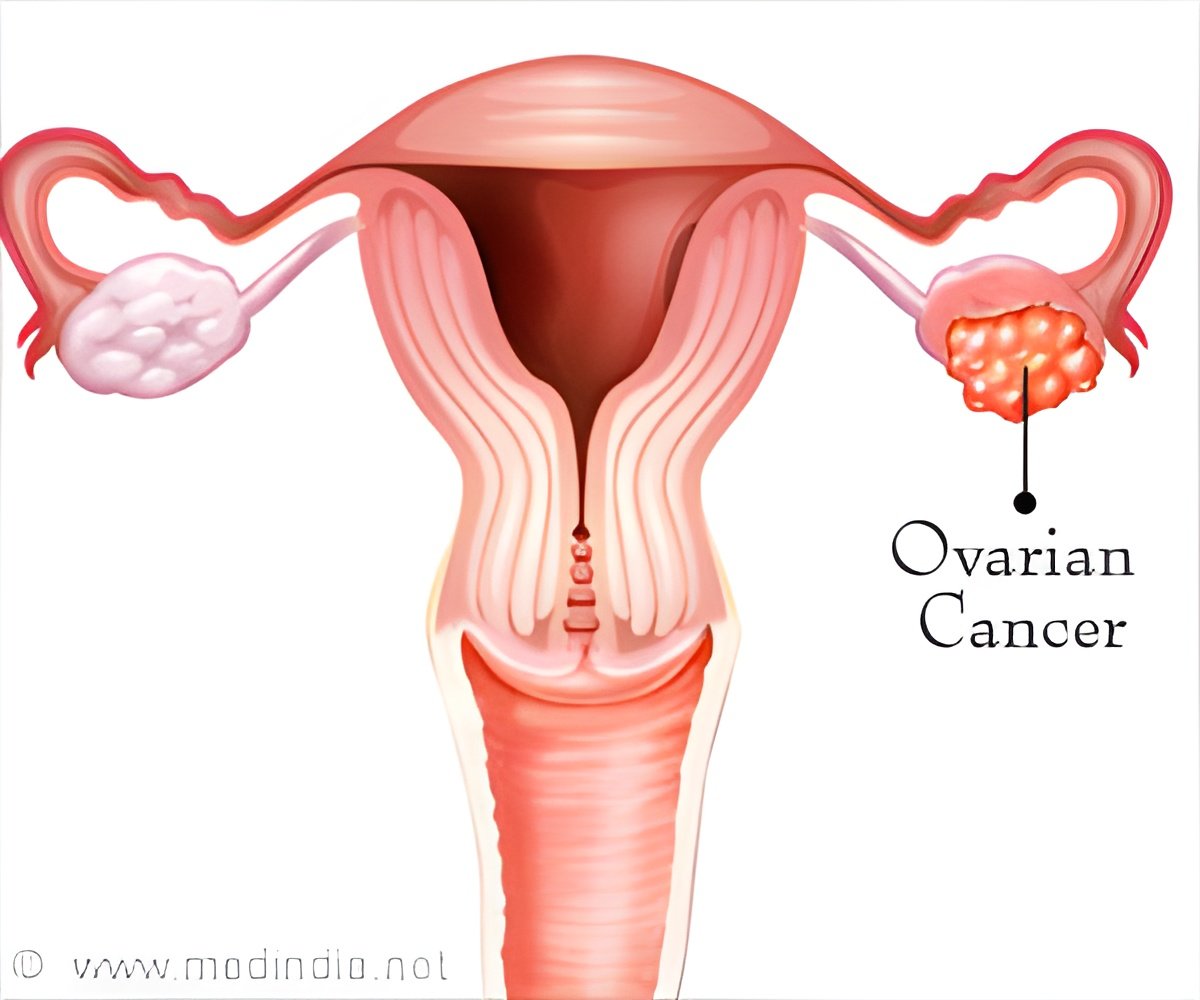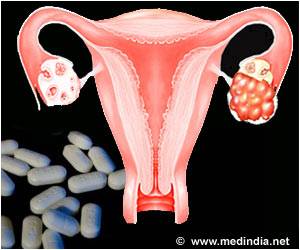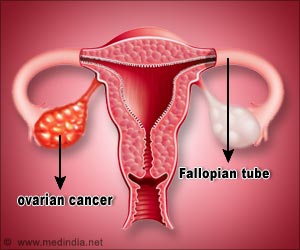A blood test for ovarian cancer may detect the cancer in women who do not suffer from specific symptoms of ovarian cancer.

Screening tests can be used to detect cancers in the early stages so that they can be treated early to give it a cure. Ovaries are internal organs and the symptoms of the cancer are not very specific and therefore it is difficult to diagnose ovarian cancer based on symptoms alone especially in the early stages. Ovarian cancer can be detected early by testing the level of a substance called CA125 in the blood. However, this blood test for ovarian cancer is not entirely reliable and currently, is not recommended as a routine screening test. However, it is possible that the situation may change following analysis of the results of a large trial that was recently published in the Journal of Clinical Oncology.
The United Kingdom Collaborative Trial of Ovarian Cancer Screening covered over 46000 women of the ages of 50 or above. The blood levels of CA125 were measured annually. Depending on certain factors, which included the change in level of CA125, an algorithm was developed which classified the women as at normal, intermediate or elevated risk. Those at normal risk were continued on annual screening. Women at intermediate risk were advised a repeat CA125 after 12 weeks, while those at an elevated risk had to undergo repeat CA-125 after 6 weeks and transvaginal ultrasound. Earlier repeat testing in the high risk group was advised when there was a possibility of clinical disease. Women with abnormal scans were clinically evaluated, while those at a severe risk were recommended surgery irrespective of scan findings.
Following the screening procedure, 640 women underwent surgery. Among these, 133 had primary invasive epithelial ovarian or tubal cancers. These cancers, if were detected at a later stage, could have been difficult to treat with a curative intent.
The researchers found that using such a method of stratifying the risk was effective in detecting around 86% cancers. It doubled the number of invasive ovarian cancers detected as compared to when a fixed cut-off number is used as a screening criterion.
Screening techniques are used to detect cancers early so that they can be treated and early death due to the cancer can be avoided. Though the above tests for ovarian cancer appear to be effective in detecting new cases, it further remains to be seen if this method could improve the ovarian cancer survival rates in women. The results of this aspect of the study are likely to be released soon. The test is a step in the right direction for early diagnosis of a cancer that has high mortality.















